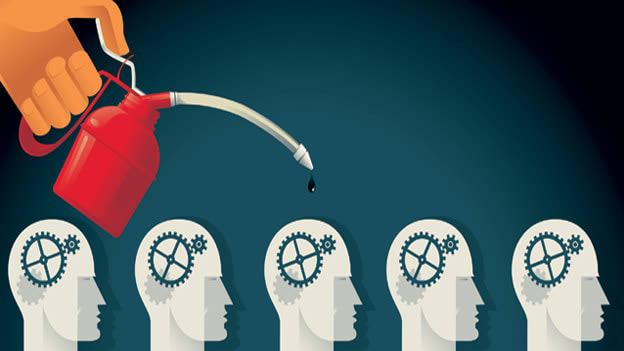Streamlining L&D for a Future Ready Workforce

Emergence of several new technologies and techniques has created the need to implement them for the benefit of the organisation. However, that requires a pool of employees with sufficient level of skill in the futuristic technologies. Corporates can address this demand for future ready workforce through hiring or by re-skilling existing employees. Hiring is inefficient because of a small hirable pool in emerging technologies and very steep cost of hiring. Reskilling at the same time is not only more efficient for corporates but is also very rewarding for tenured employees, who may otherwise see a downgrade in their career path.
With a rise in competition, talented personnel with future ready skills is the key to success for both the company and its staff.
The worldwide pandemic accelerated the pace of change and raised the urgency to prepare for the future of work. According to a report, by 2022, 42% of the core skills required to perform existing jobs are expected to change, according to the WEF, and more than a billion people will need to be reskilled by 2030.
The pandemic has left us with new ways of adapting to a transformed corporate reality and it cannot be denied that it enabled us to adjust and rethink our priorities. Large scale supply chain transformations have happened in the entire value chain of the business. While many changes are behind the scene, all of us have been touched by shopping hubs that were replaced by e-commerce platforms & schools which tuned into digital learning methods, thus creating a need for new roles in the upcoming times. Most of what we have adapted to during pandemic is here to stay.
Digital Transformation
The digital transformation is causing a mismatch between the skills people have and the skills employers require. Even the most brilliant discovery is meaningless if we are unable to use it; and even the most amazing human minds will become less helpful if they do not adopt latest . The key conclusion is that when leaders consider investing in technology, they should first consider investing in the people who can make that technology useful.
The question is do we invest large sums of money today to gain the skills required tomorrow, or risk competing with an underskilled workforce?
Digital encounters and experiential training are required to feed learning ecosystems but there is a need to unleash workers’ potential by equipping them with the skills needed to meet challenges now and in the future. Therefore, organizations that win in the future will be those who value human capabilities and make efforts with targeted L&D initiatives. Such initiatives will not only offer a new futuristic curriculum but also appropriate technology platforms to distribute the content such as reskilling marketplaces and peer to peer learnings in place of standard prescriptive learning paths for standard job roles.
Learning & Development (L&D) as a Catalyst of Change
“Tell me and I forget, teach me and I may remember, involve me and I learn.” As rightly quoted by Benjamin Franklin, L&D lays the foundation and scope for any given organization to succeed.
L&D is a process that leads to better employee performance and engagement at the workplace. It has always been prioritized by companies but in the given time, its role has become more important than ever. Organizations are increasingly arranging several programs like new courses, workshops, engagement activities, and sessions that are aimed towards effective skill development of the employees. L&D professionals are ideally positioned to assist develop the appropriate people from within.
Both employees and organizations need to keep up with the rising changes in an attempt to be equally competitive in the market. The coming generations value and look forward to working with companies that invest in effective L&D initiatives resulting in the holistic development of a person. In the past, learning has been understood with only traditional fundamentals leaving organizations with less scope of growth and success, restricted to classrooms and confined spaces. However, now it is imperative to think beyond books & boxes. Learning must be innovative, relevant, and futuristic. These notions will guide new learning and development strategies for the coming times.
L&D for a Future Ready Workforce
Placing learning in the flow of work becomes a crucial task to create a sustainable workforce that takes care of the challenges of today and tomorrow. The world economic forum has called for a reskilling emergency that emphasizes the changing dynamics of learning and skill development. The key is to respond to constant change by modernizing the learning strategy combined with an amalgamation of humans and machines. Hybrid work culture creates a win-win situation for the company and its employees.
In today's economy, major learning and development programmes are the greatest approach to produce a future-ready staff. L&D efforts on the workforce should inculcate learning, unlearning, and relearning considering the changing times.










